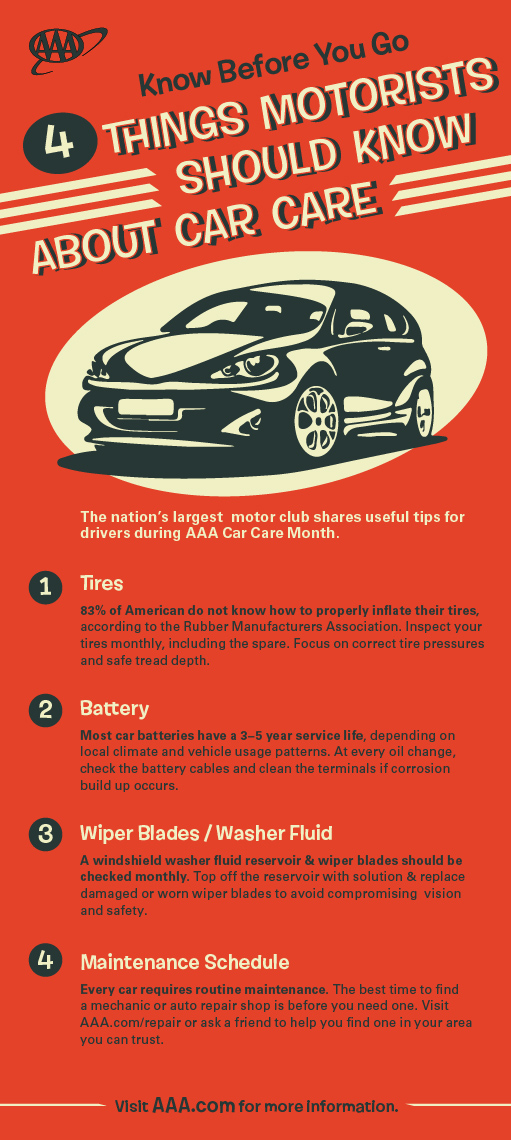Comprehending The Definition Behind Your Lorry'S Caution Lights: A Comprehensive Appearance
Comprehending The Definition Behind Your Lorry'S Caution Lights: A Comprehensive Appearance
Blog Article
Composed By-Termansen Alvarado
When you lag the wheel, those radiant warning lights on your control panel can be a little bit complicated. Do you know what they're attempting to inform you regarding your automobile's wellness? Recognizing the importance of these lights is essential for your security and the longevity of your car. So, the following time among those lights pops up, wouldn't you want to understand its message precisely and take the needed actions to address it?
Common Caution Lights and Interpretations
Identify typical caution lights in your cars and truck and recognize their definitions to make certain risk-free driving.
One of the most normal caution lights include the check engine light, which indicates problems with the engine or exhausts system. If this light comes on, it's vital to have your vehicle examined promptly.
camping cautioning light shows reduced oil stress, needing prompt attention to avoid engine damages.
A blinking battery light might suggest a malfunctioning charging system, possibly leaving you stranded otherwise attended to.
detailingnz monitoring system (TPMS) light signals you to low tire pressure, affecting automobile stability and fuel efficiency. Neglecting this might bring about hazardous driving conditions.
The abdominal light indicates an issue with the anti-lock stopping system, jeopardizing your capability to stop promptly in emergencies.
Last but not least, the coolant temperature warning light warns of engine overheating, which can result in serious damage if not resolved promptly.
Comprehending these typical caution lights will assist you resolve problems quickly and maintain risk-free driving problems.
Significance of Prompt Attention
Understanding the common warning lights in your cars and truck is just the first step; the significance of promptly attending to these cautions can't be emphasized enough to ensure your security when traveling.
When a warning light illuminates on your control panel, it's your car's way of communicating a potential concern that requires attention. Ignoring https://airliftperformancekits73950.blogtov.com/12597295/the-benefit-of-mobile-automobile-outlining-transforms-your-vehicle-s-look-yet-is-it-as-reliable-as-traditional-techniques-discover-the-reality-behind-this-service can cause much more severe problems later on, endangering your safety and potentially costing you much more in repairs.
Trigger focus to advising lights can stop failures and accidents. For instance, a blinking check engine light can suggest a misfire that, if left unattended, can trigger damages to the catalytic converter. Resolving this quickly can conserve you from a costly fixing.
Likewise, a brake system cautioning light could signal low brake liquid or used brake pads, crucial parts for your safety and security when driving.
DIY Troubleshooting Tips
If you discover a caution light on your dashboard, there are a few DIY repairing tips you can try prior to seeking expert assistance.
https://carbrakesnearme83837.wizzardsblog.com/32072698/eco-friendly-vehicle-detailing-products-you-should-try is to consult your auto's guidebook to recognize what the certain warning light shows. Often the issue can be as basic as a loosened gas cap triggering the check engine light. Tightening the gas cap might settle the problem.
One more common issue is a reduced battery, which can activate numerous warning lights. Inspecting the battery connections for deterioration and guaranteeing they're protected may deal with the problem.
If a warning light continues, you can attempt resetting it by detaching the automobile's battery for a couple of mins and then reconnecting it. In addition, examining your vehicle's fluid levels, such as oil, coolant, and brake liquid, can aid repair cautioning lights associated with these systems.
Final thought
In conclusion, understanding your car's caution lights is crucial for keeping your vehicle running smoothly and securely. By quickly addressing these signals and recognizing what they imply, you can avoid costly fixings and possible malfunctions.
Remember to consult your auto's guidebook for specific information on each advising light and do something about it appropriately to ensure a hassle-free driving experience.
Stay informed, remain risk-free when traveling!
